National parks with canoe-only access offer a rare wilderness immersion that few travelers experience. These remote waterways provide sanctuary from crowds and motorized traffic, allowing visitors to connect with nature in its most pristine form.
The gentle splash of paddles and the absence of engine noise create an atmosphere where wildlife viewing opportunities multiply and natural sounds take center stage. Here is a list of 20 national parks and protected areas across North America where certain sections or destinations can only be reached by canoe.
Voyageurs National Park, Minnesota
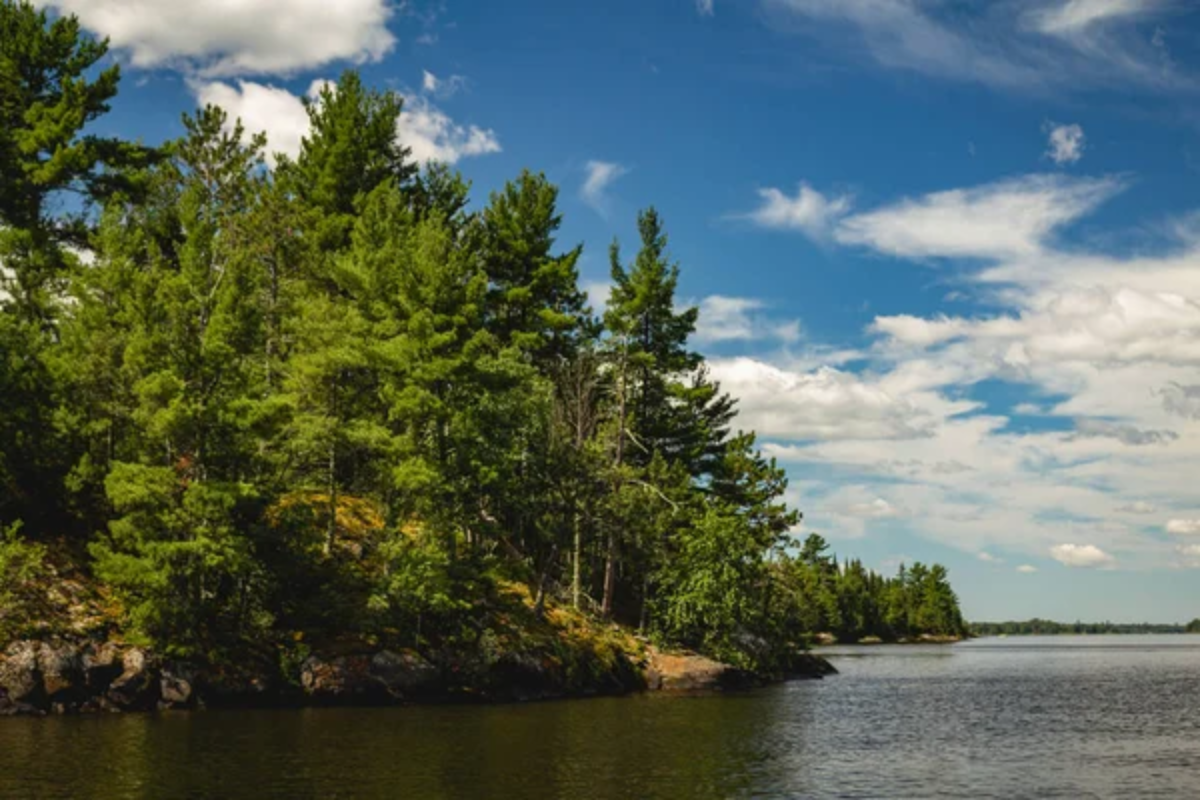
Voyageurs National Park encompasses more than 218,000 acres of water-based wonder, with over 30 percent of the park covered by interconnected waterways. Visitors must paddle to reach most campsites and hiking trails, following the same routes used by French-Canadian fur traders centuries ago.
The park’s 500-plus islands create a paddler’s paradise where moose often wade along shorelines during early morning hours.
Everglades National Park, Florida
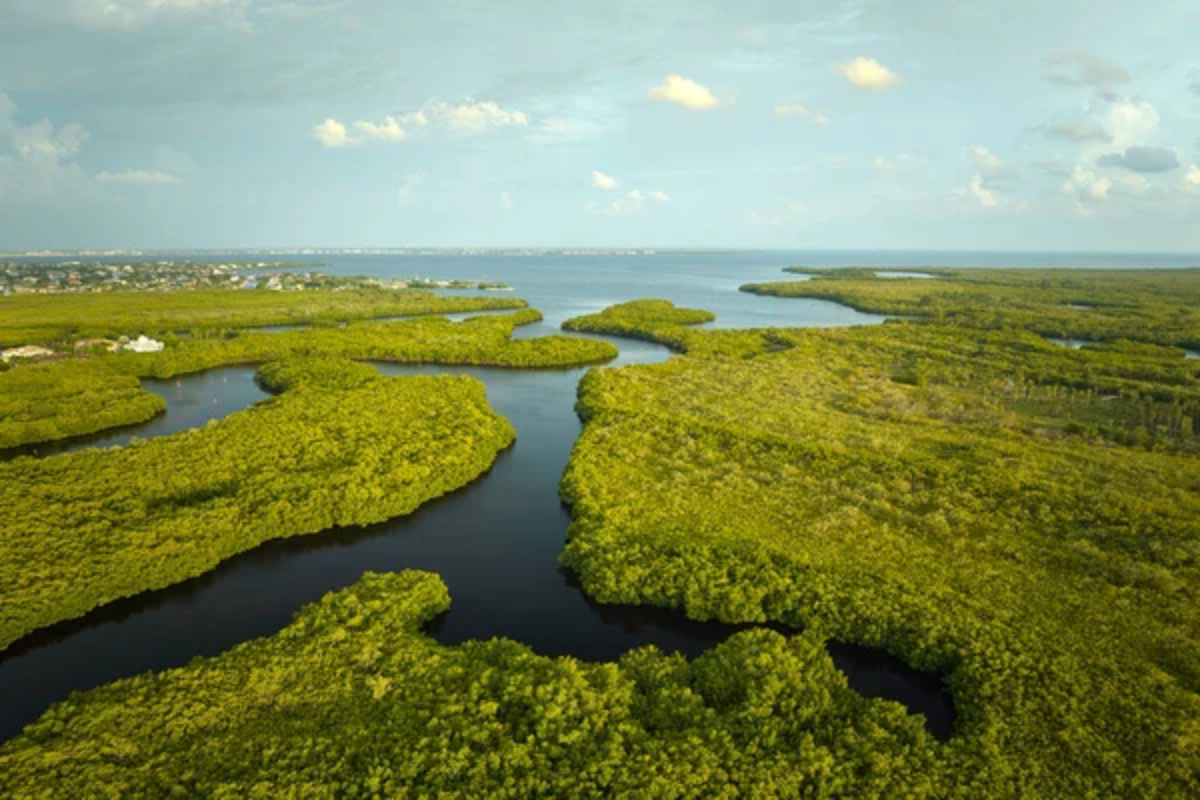
The famous winding waterways of the Everglades feature multiple canoe trails that provide exclusive access to some of the most remote sections of this subtropical wilderness. The 99-mile Wilderness Waterway represents the ultimate paddling challenge, taking adventurous canoeists through mangrove tunnels and open water prairies where alligators sun themselves on partially submerged logs.
Rangers maintain several backcountry camping platforms accessible only to those arriving by paddle.
Like Travel Pug’s content? Follow us on MSN.
Boundary Waters Canoe Area Wilderness, Minnesota
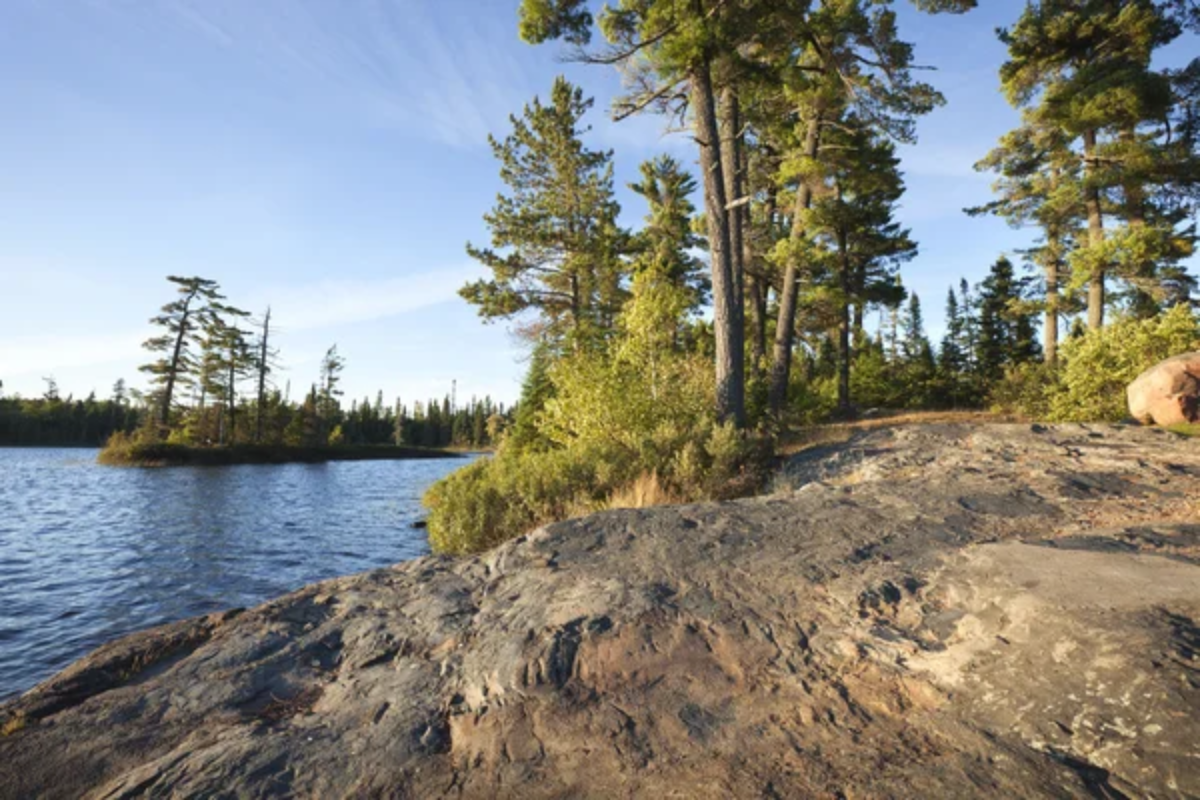
This million-acre watershed contains over 1,100 lakes and connects to Canada’s Quetico Provincial Park, creating one of North America’s premier paddling destinations. Motor vehicles are prohibited throughout most of the wilderness, and many lakes require portaging—carrying your canoe between waterways—to access their untouched shorelines.
The crystal-clear waters house lake trout and northern pike that dart beneath your craft in these glacier-carved basins.
Wrangell-St. Elias National Park, Alaska
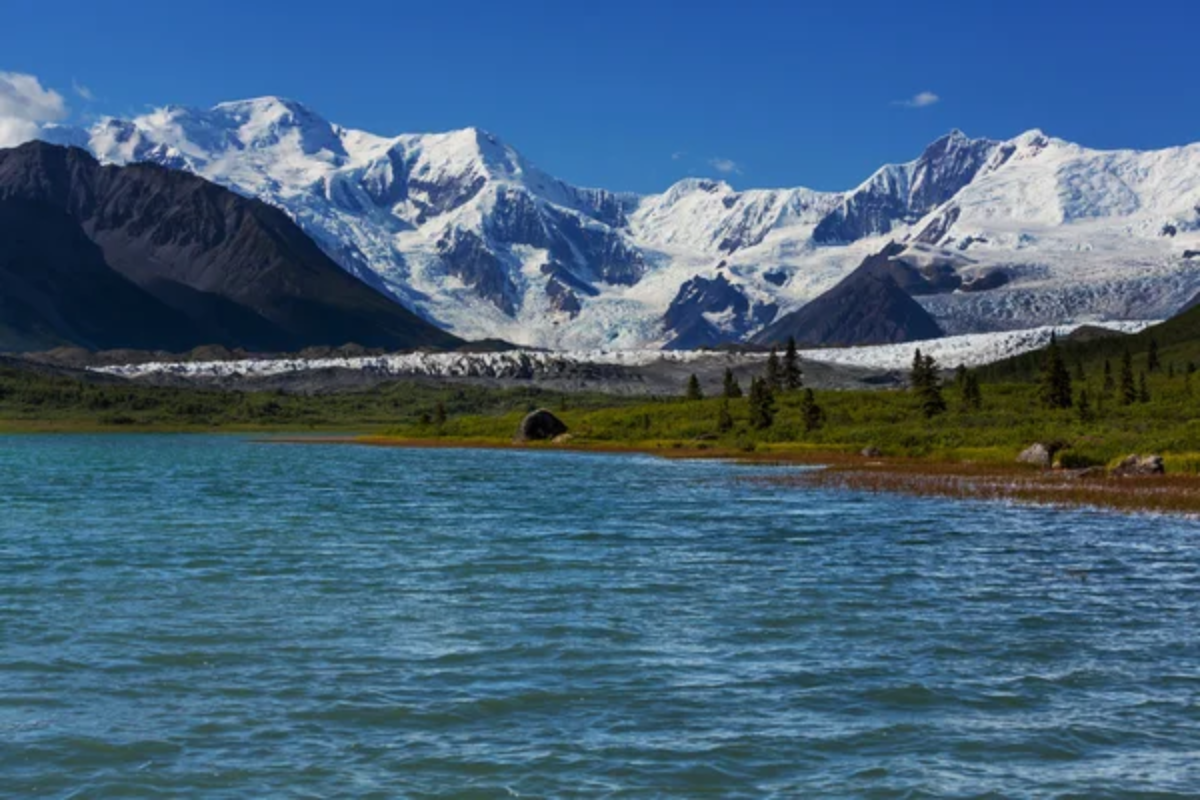
Hidden within America’s largest national park lies the Copper River, where skilled paddlers can only reach sections of the backcountry. The massive landscape combines coastal areas with mountain terrain, creating diverse paddling routes through virtually untouched wilderness.
The Kennicott and Nizina Rivers offer challenging routes past massive glaciers where paddlers might spot Dall sheep on distant slopes.
Isle Royale National Park, Michigan
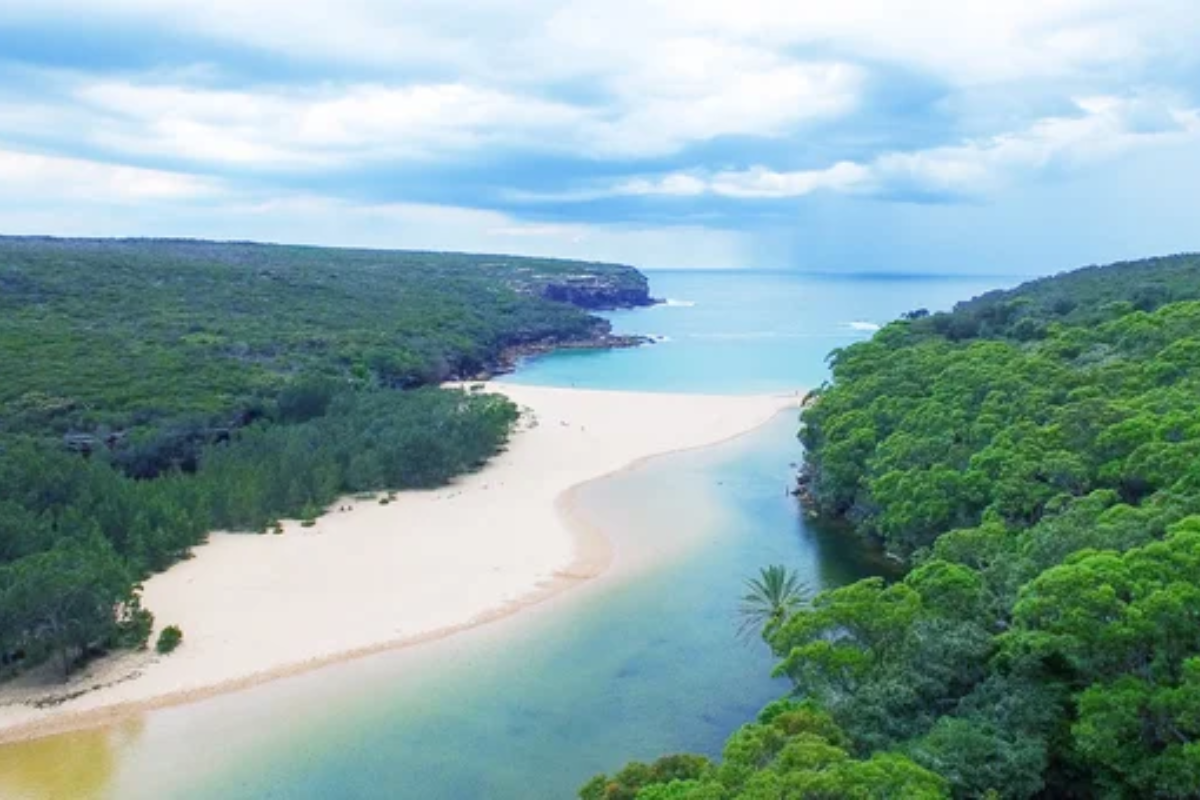
Surrounded by the cold waters of Lake Superior, this remote island national park features interior lakes accessible only to hikers and canoeists. After reaching the island by ferry, adventurous visitors can paddle between Siskiwit, Feldtmann, and Wood Lakes on established portage routes.
The island’s isolation has created unique ecosystems where wolves and moose engage in a predator-prey relationship studied by scientists for decades.
Like Travel Pug’s content? Follow us on MSN.
Congaree National Park, South Carolina
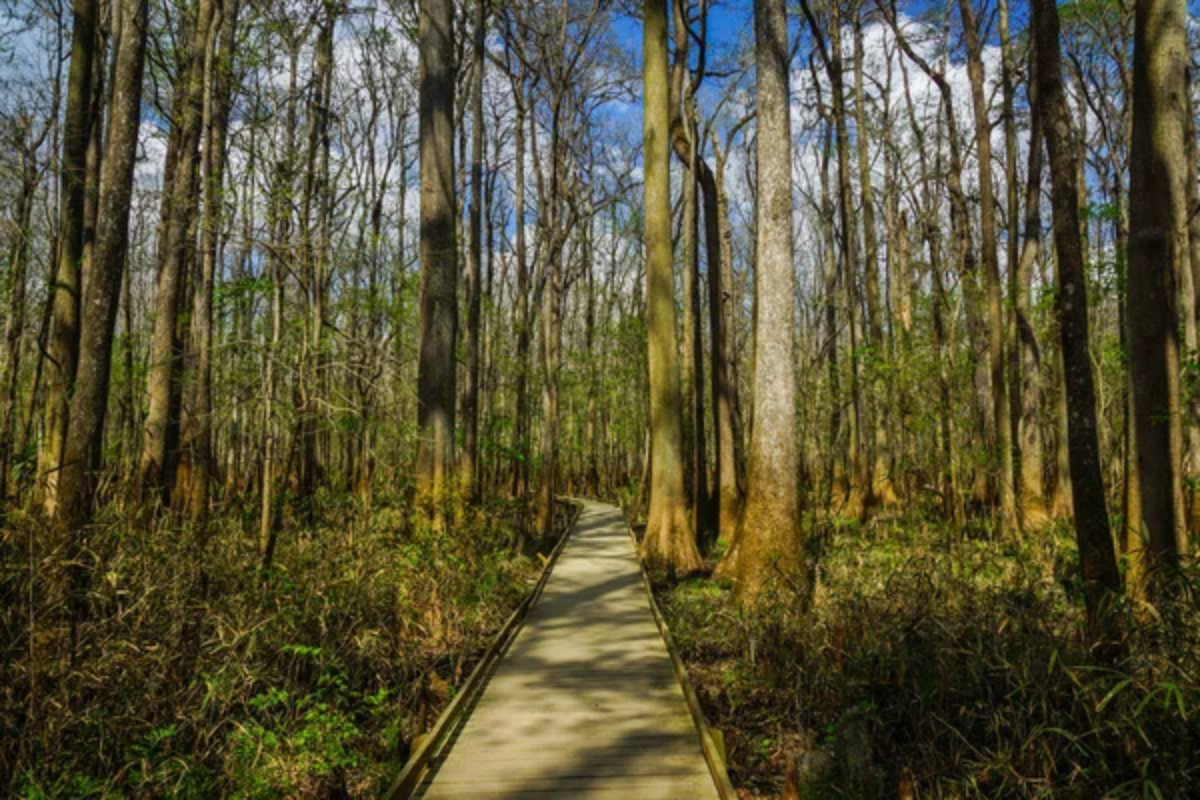
The marked canoe trail through Congaree offers the only way to explore the heart of America’s largest intact tract of old-growth bottomland hardwood forest. Paddlers navigate through a primeval landscape where massive cypress trees draped in Spanish moss create cathedral-like canopies overhead.
During periods of high water, canoeists can paddle directly among the trees in a surreal experience called “paddling the floodplain.”
Okefenokee National Wildlife Refuge, Georgia
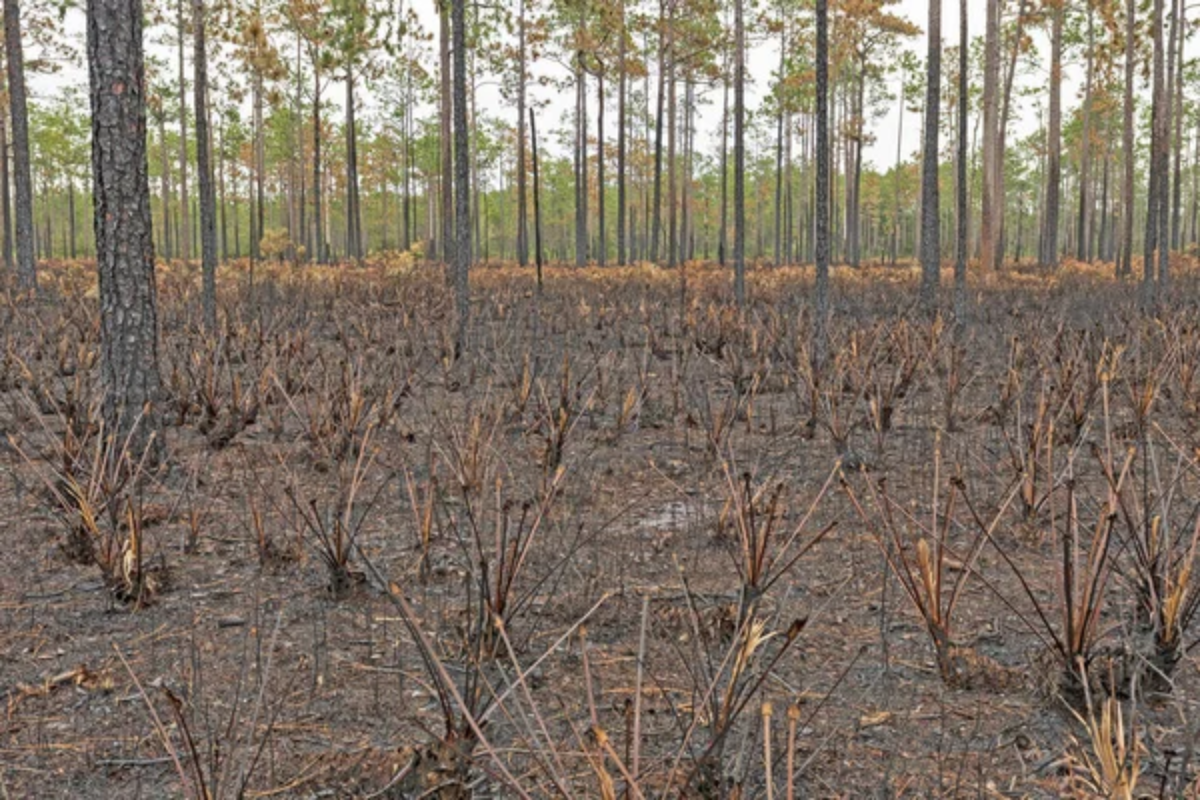
This ancient swamp contains over 120 miles of paddle trails through cypress forests and prairie-like areas where carnivorous plants thrive. Water levels fluctuate dramatically through seasons, opening and closing routes through this living peat bog that houses one of the most diverse ecosystems in North America.
The western section features the famous Suwannee River, where black water carries tannins that create mirror-like reflections of the surrounding landscape.
Big Bend National Park, Texas
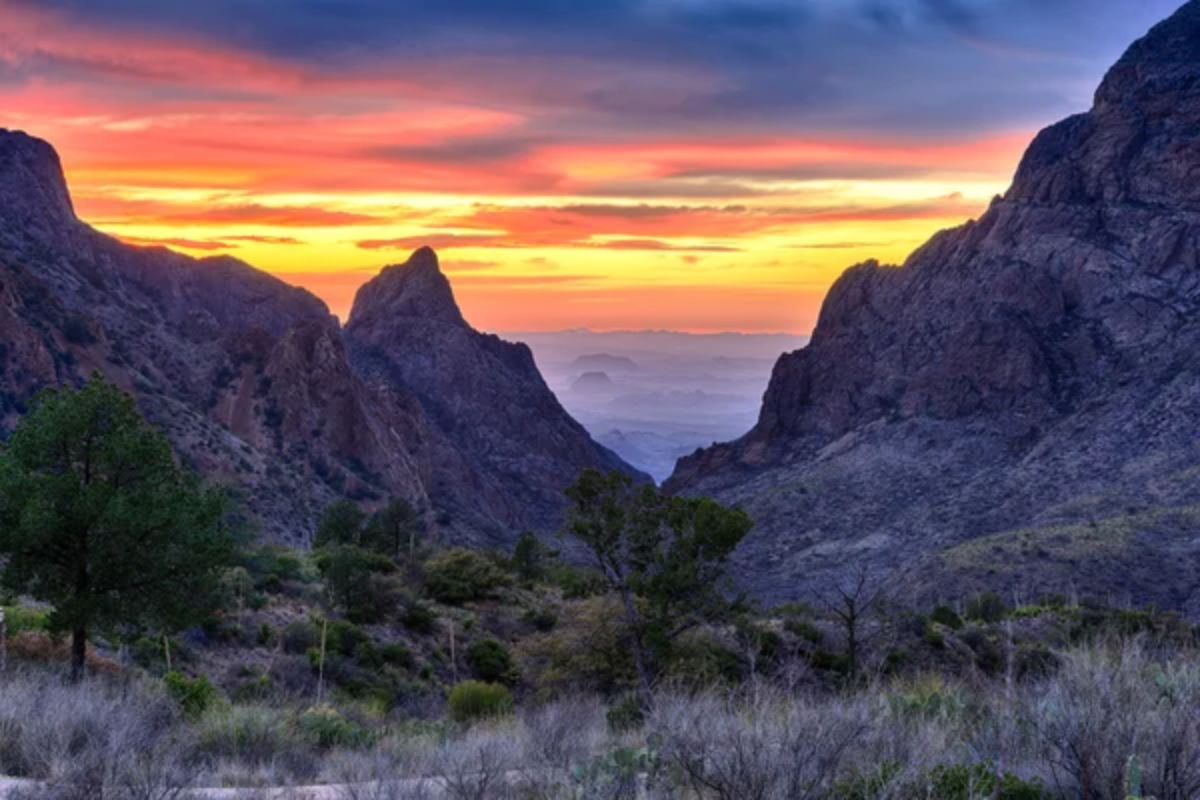
The winding Rio Grande forms the southern boundary of this desert park, with several remote canyons accessible only by watercraft. Paddlers navigate through Santa Elena, Mariscal, and Boquillas Canyons, where limestone walls rise 1,500 feet above the water.
The contrast between the lush riverside vegetation and the surrounding desert creates microhabitats where unexpected species thrive in this borderland wilderness.
Like Travel Pug’s content? Follow us on MSN.
Olympic National Park, Washington
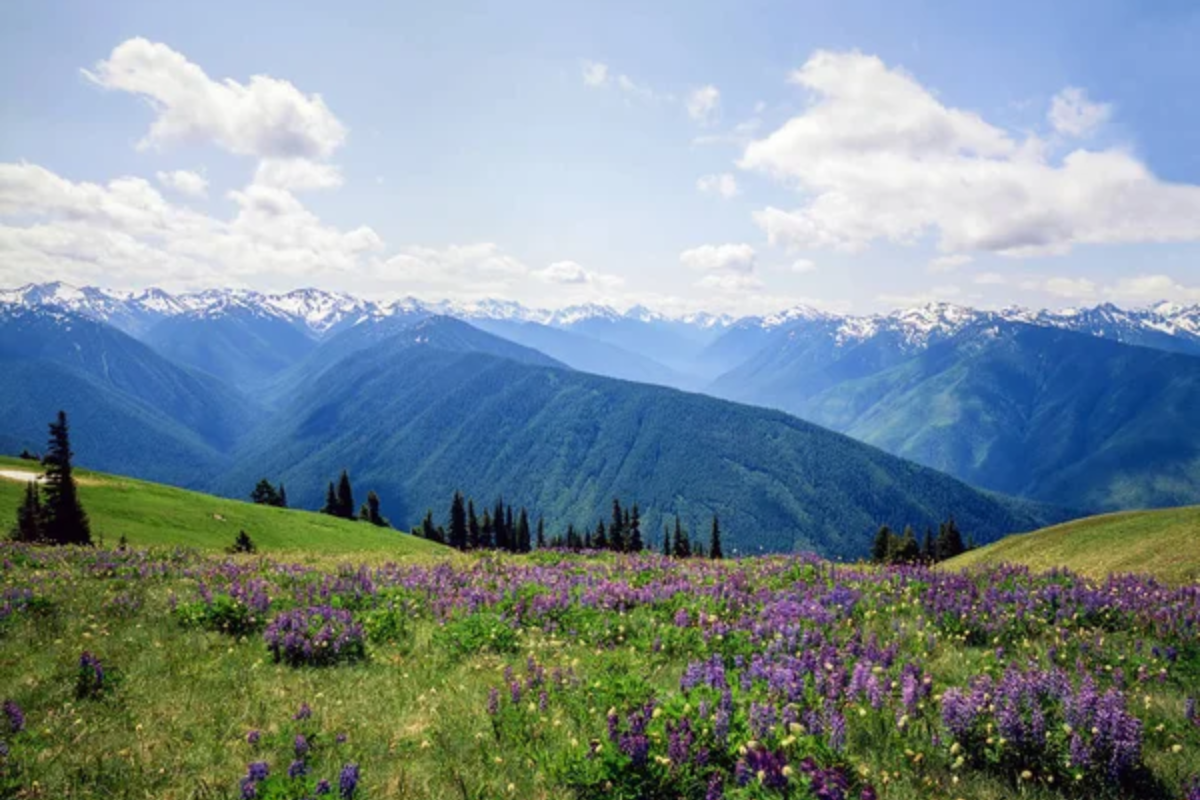
The Hoh River and Lake Ozette areas of Olympic National Park feature sections where paddlers gain exclusive access to temperate rainforest environments found nowhere else in the continental United States. Canoeists on Lake Ozette can reach ancient petroglyphs and remote beaches along routes used by indigenous peoples for thousands of years.
The moss-draped forest creates an emerald corridor where Roosevelt elk move silently between old-growth trees.
Glacier Bay National Park, Alaska

Beyond the areas visited by cruise ships lie remote fjords and inlets where only self-sufficient paddlers venture. The East Arm of Glacier Bay offers canoeists opportunities to witness glacial calving and spot harbor seals resting on ice floes.
Paddlers must contend with cold water temperatures and changing tidal conditions while navigating through landscapes still rebounding from the weight of ice that covered the region just 250 years ago.
Channel Islands National Park, California
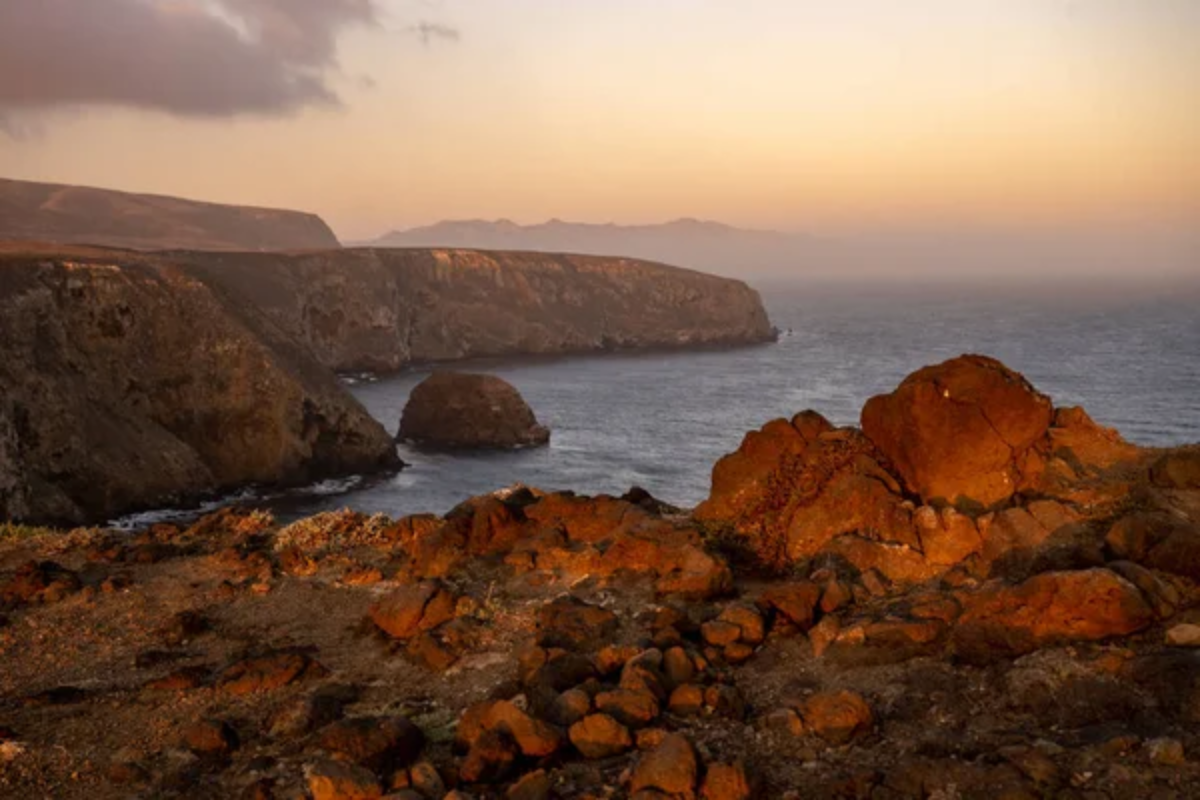
The marine sanctuary surrounding these islands holds hidden coves and sea caves that only kayakers and canoeists can explore. Painted Cave on Santa Cruz Island ranks among the world’s largest sea caves, with an entrance arch tall enough to accommodate a small ship but with interior sections only paddlers can navigate.
The isolation of these islands has produced unique plants and animals found nowhere else on Earth.
Like Travel Pug’s content? Follow us on MSN.
Buffalo National River, Arkansas
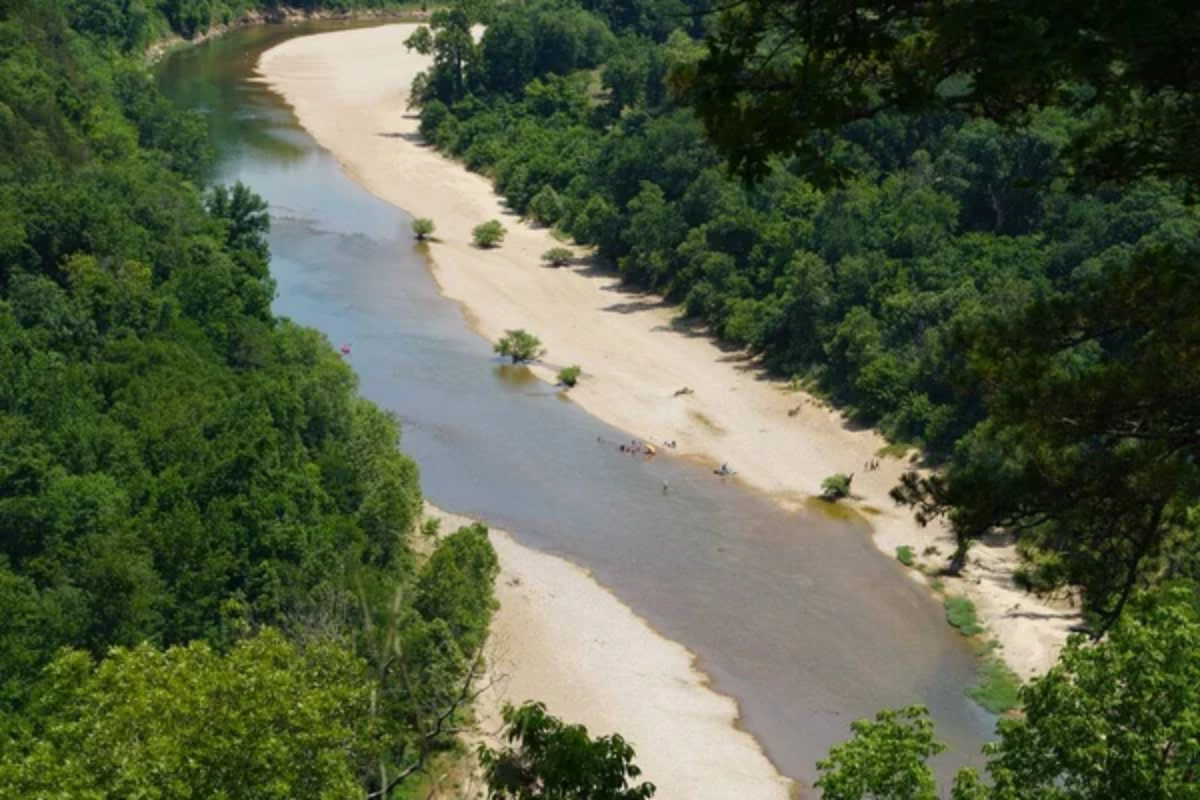
America’s first designated national river features 135 miles of protected waterway flowing through the Ozark Mountains. Sections between access points offer multi-day canoe journeys through limestone bluffs where waterfalls cascade directly into the main channel.
Spring floating provides the most reliable water levels for accessing remote gravel bars, where camping beneath star-filled skies connects paddlers to the natural rhythms of this ancient landscape.
Grand Canyon National Park, Arizona
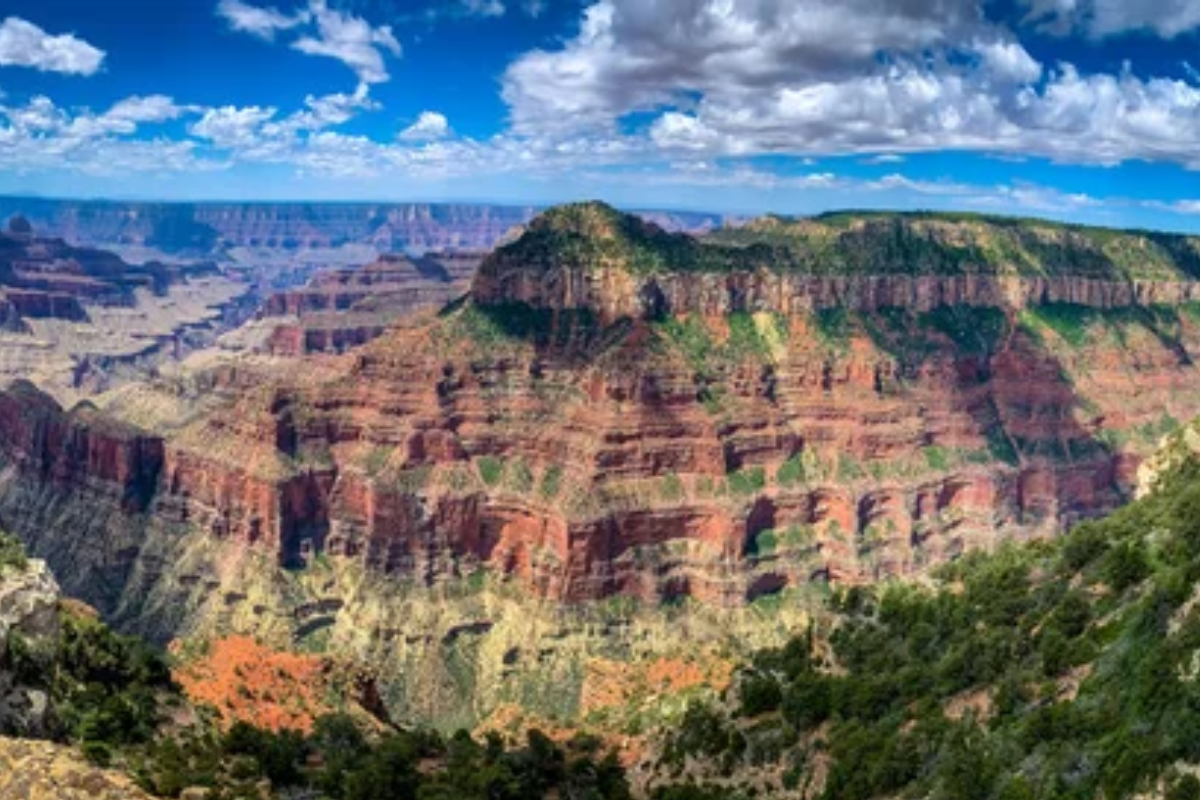
While most visitors view the canyon from its rim, canoeists can access remote side canyons along the Colorado River that remain invisible from standard viewpoints. Permits for non-commercial river trips require years of patience in a weighted lottery system, making these experiences among the most exclusive in the national park system.
The perspective from the water level reveals geological features and Native American sites rarely seen by the average park visitor.
Kenai Fjords National Park, Alaska
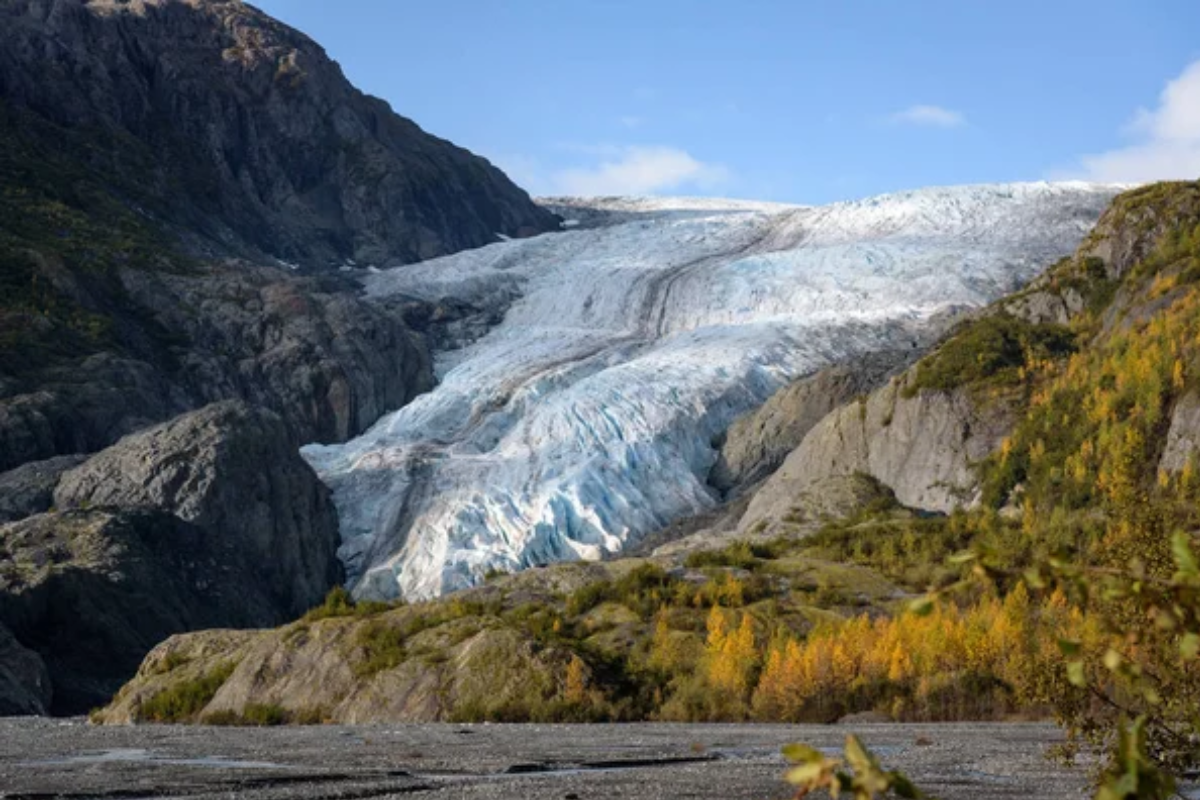
The coastal wilderness of Kenai Fjords contains remote beaches and tidewater glaciers only accessible by sea kayak or canoe. Paddlers navigate through waters where orcas and humpback whales feed during summer months, sometimes passing directly beneath watercraft.
The rhythmic breathing of these marine mammals often represents the only sound breaking the silence in foggy morning conditions.
Like Travel Pug’s content? Follow us on MSN.
Adirondack Park, New York
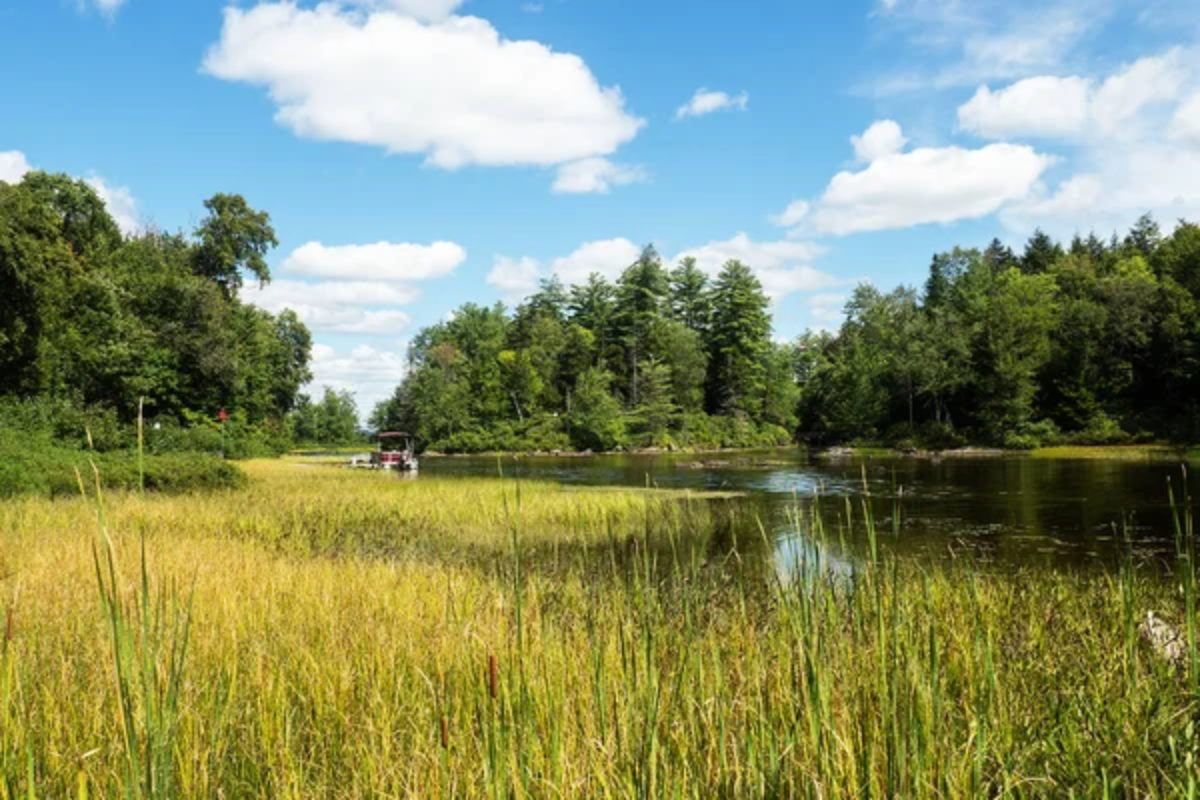
This massive protected area encompasses public and private lands, with the St. Regis Canoe Area offering motorless wilderness experiences across dozens of interconnected lakes. The Seven Carries Route follows historic pathways between bodies of water where paddlers might spot common loons diving for fish in clear northern waters.
Fall colors transform these waterways into kaleidoscopes of reflected foliage during September and October.
Apostle Islands National Lakeshore, Wisconsin
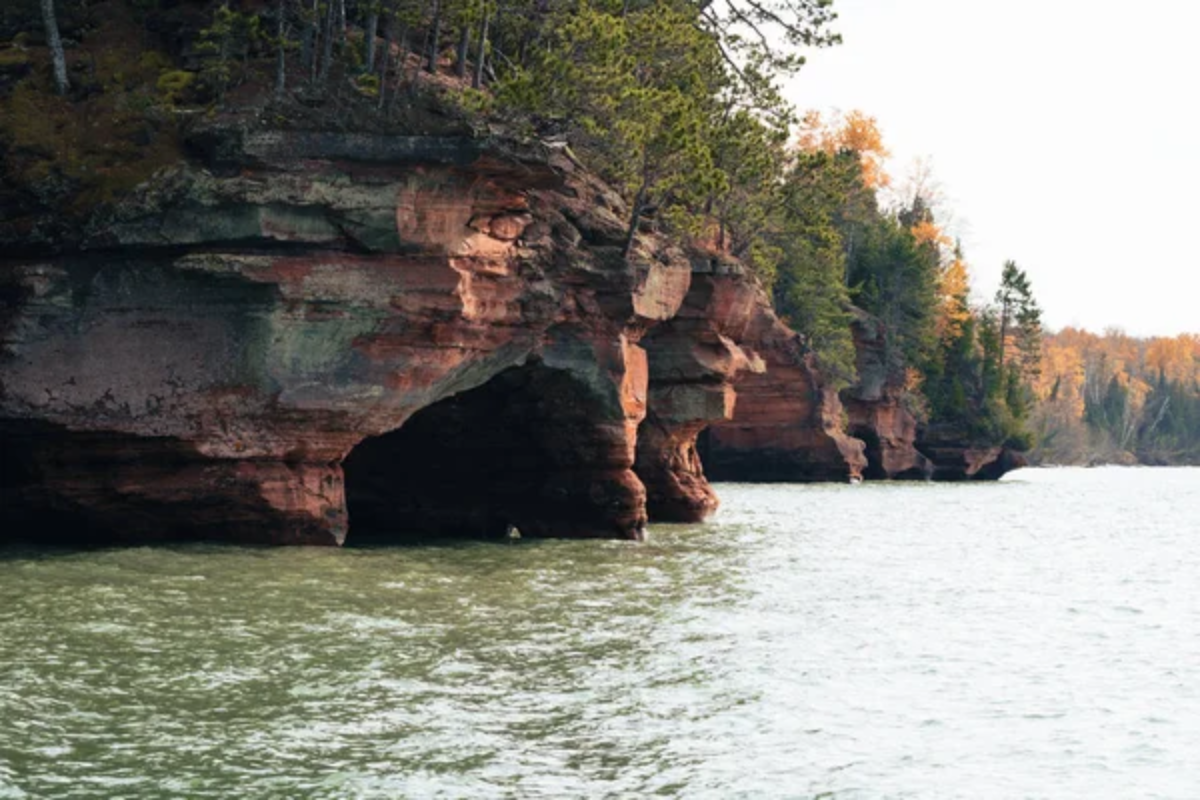
The 21 islands of this Lake Superior archipelago feature sea caves and hidden coves that only paddlers can fully explore. Red sandstone formations have been carved by wave action into chambers and passageways that glow with reflected sunlight during certain times of day.
Winter transforms these same caves into ice formations when conditions permit experienced paddlers to navigate between frozen columns and curtains.
Myakka River State Park, Florida
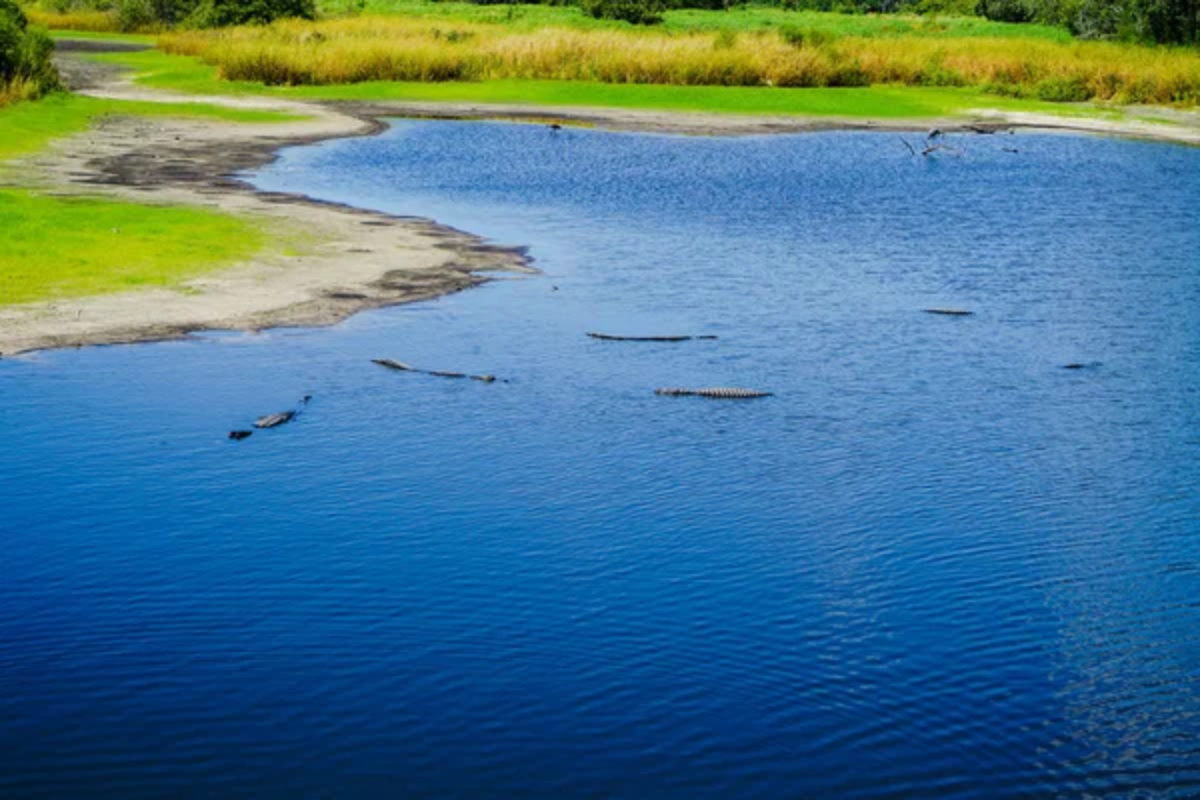
The designated wild and scenic river flowing through this park creates a paddling corridor where alligators and roseate spoonbills inhabit cypress-lined banks. Canoeists can explore floodplain prairies and backwater sloughs that remain inaccessible by foot during seasonal high water.
The slow-moving current and tannin-rich waters offer a peaceful, wildlife-rich experience where ancient oak trees draped in moss lean over the river like living arches.
Like Travel Pug’s content? Follow us on MSN.
Point Reyes National Seashore, California
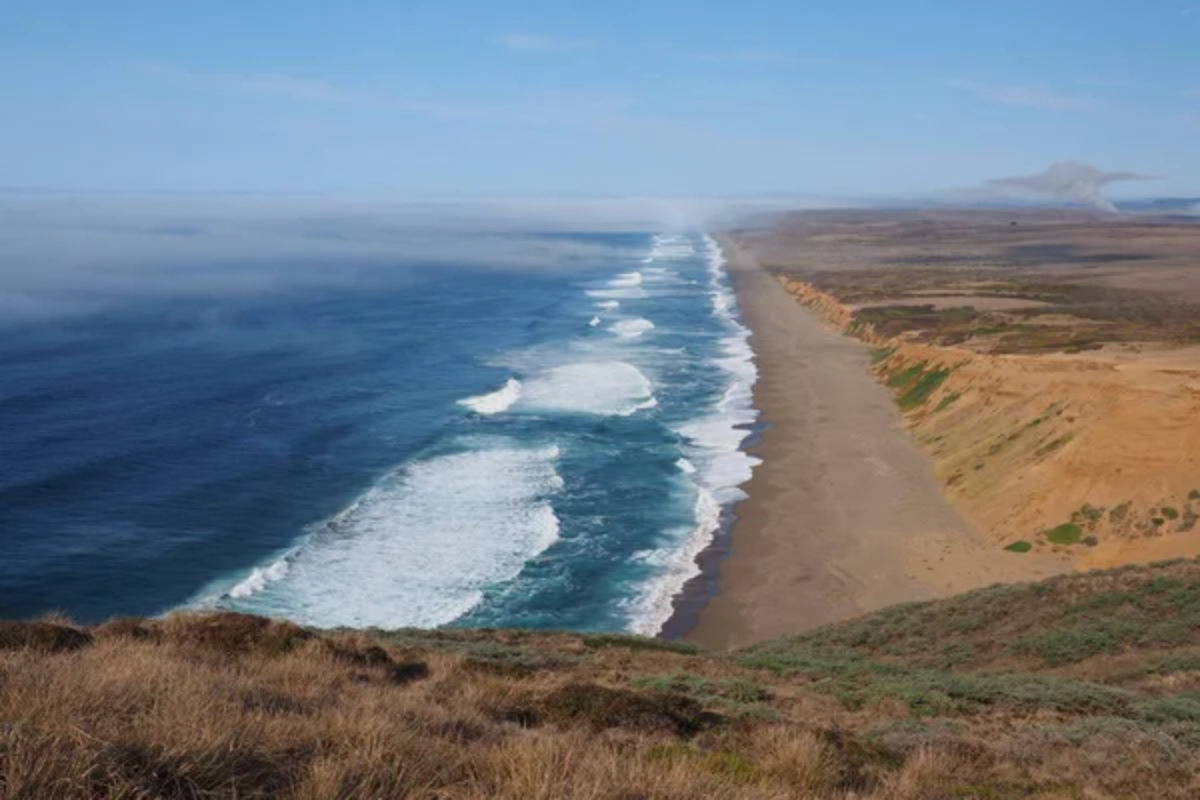
Tomales Bay cuts through the San Andreas Fault, creating protected paddling routes where bioluminescent organisms sometimes illuminate nighttime water movements. Due to wilderness protection, canoeists can reach remote beaches on the bay’s western shore, which are inaccessible by land vehicles.
Harbor seals haul out on isolated sandspits, while bat rays glide beneath paddles in this marine-influenced ecosystem.
Biscayne National Park, Florida
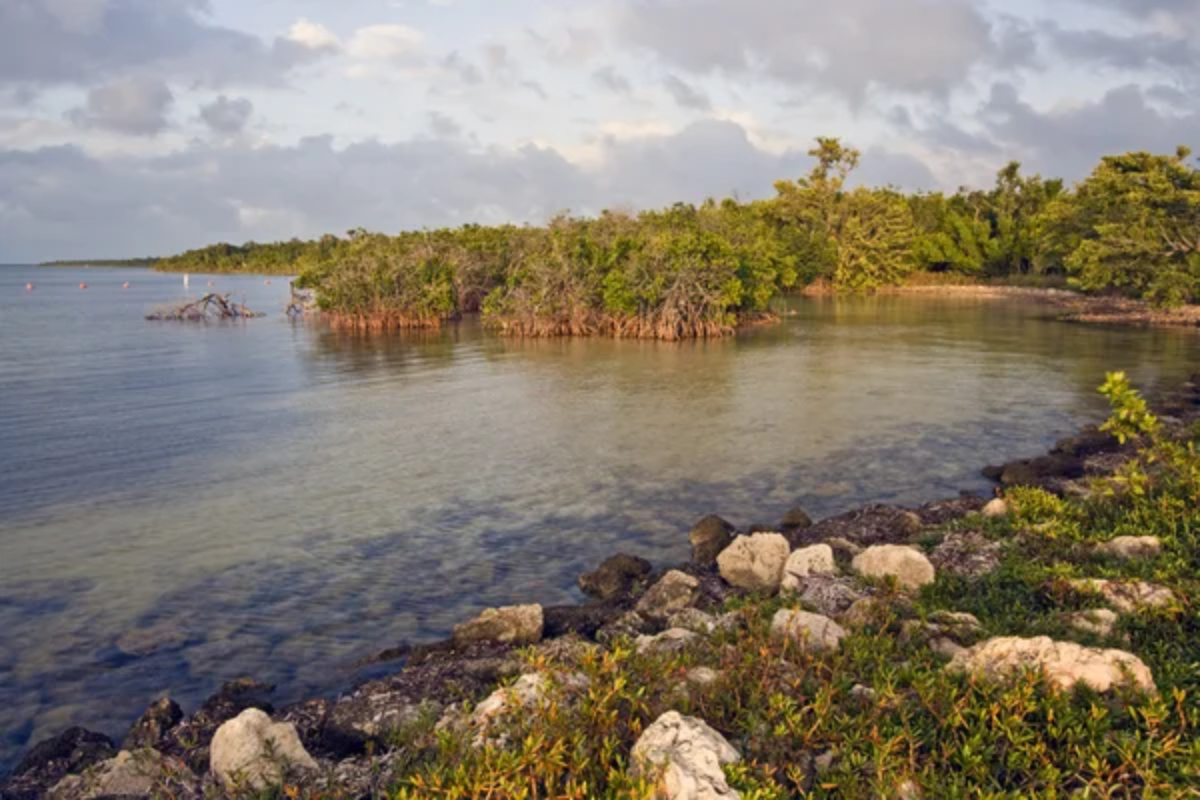
Despite its proximity to Miami, this predominantly underwater park contains mangrove forests and keys only accessible by paddlers willing to navigate shallow tropical waters. Canoeists threading through mangrove tunnels might spot juvenile reef fish using these protected nursery areas before moving to offshore coral environments.
The park’s location, where freshwater from the Everglades meets the Atlantic Ocean, creates unique ecological transitions visible from the water level.
Riding Mountain National Park, Manitoba
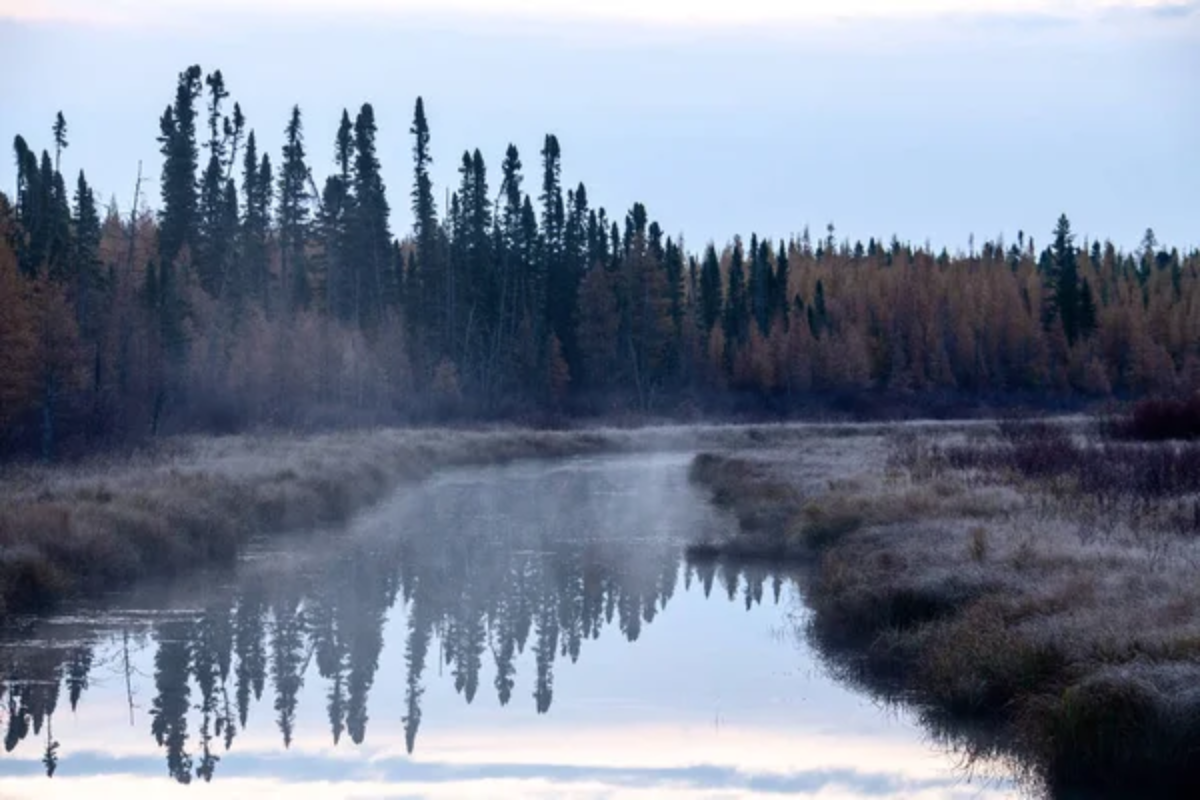
This Canadian park features clear lakes in aspen parkland where canoeists access remote shorelines beyond developed areas. Paddlers on Deep Lake and Lake Katherine might spot black bears foraging along edges where the boreal forest meets prairie environments.
The park serves as an island of wilderness in the surrounding agricultural landscape, creating a refuge for species requiring intact forest habitat.
Like Travel Pug’s content? Follow us on MSN.
Nurturing Tomorrow’s Wilderness Experience
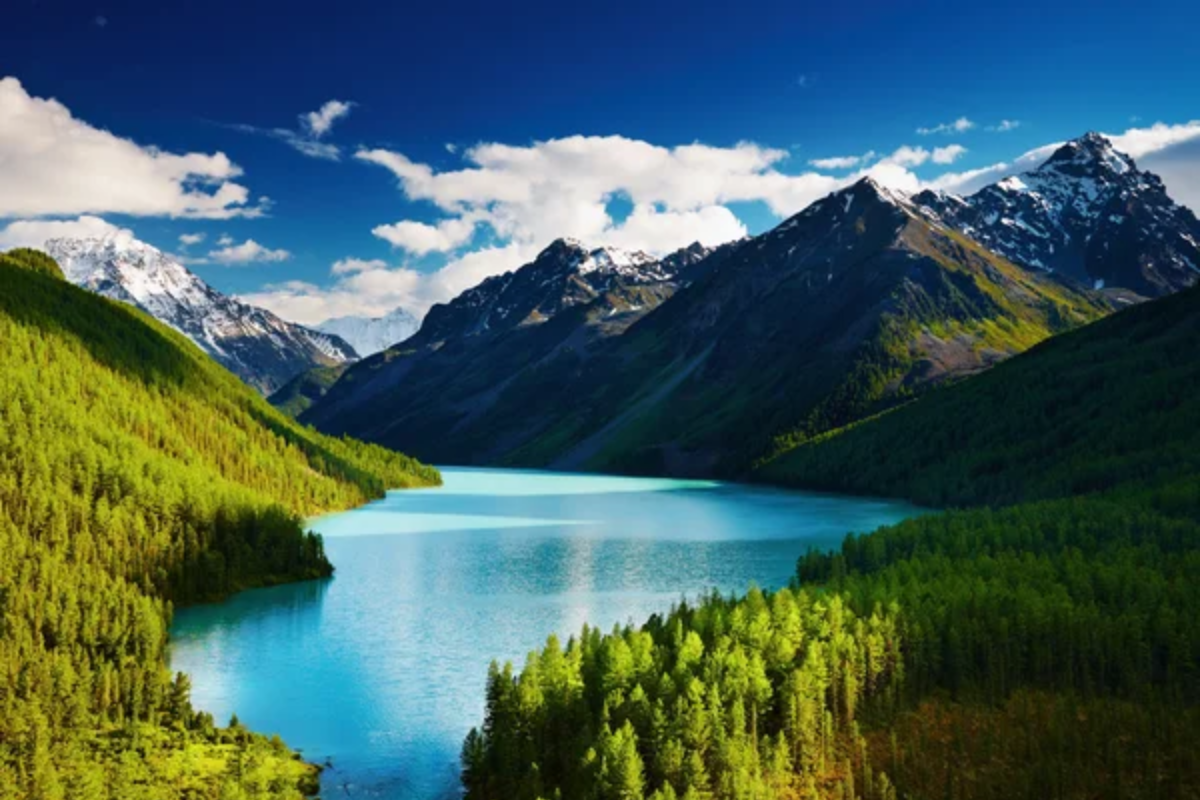
These paddle-in destinations represent increasingly rare opportunities for genuine solitude in natural settings. The physical effort required to reach them ensures they remain uncrowded even as more accessible areas face visitor pressures.
Conservation agencies must balance recreational access with ecosystem protection, particularly as climate change alters water levels and flow patterns in these delicate environments.
More from Travel Pug

- Cities Growing so Fast You Won’t Recognize Them in 10 Years
- 13 Destinations Where Tourists Regularly Regret Their Trip
- 16 U.S. Cities That Are Quietly Becoming Travel Hotspots
- Where to Travel If You Love Long Bus Rides and Daydreams
- 20 Cities Perfect for Solo Travelers Who Crave Adventure & Culture
Like Travel Pug’s content? Follow us on MSN.
